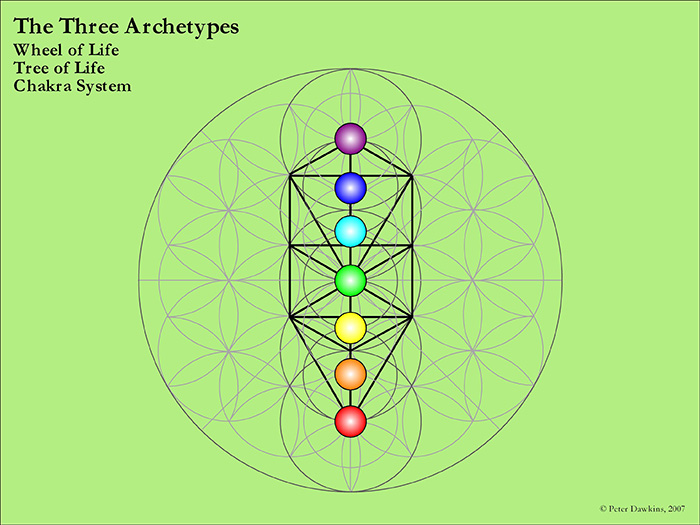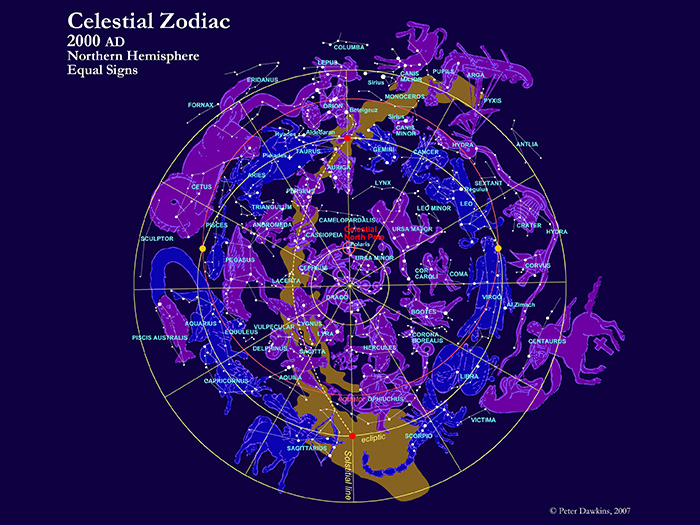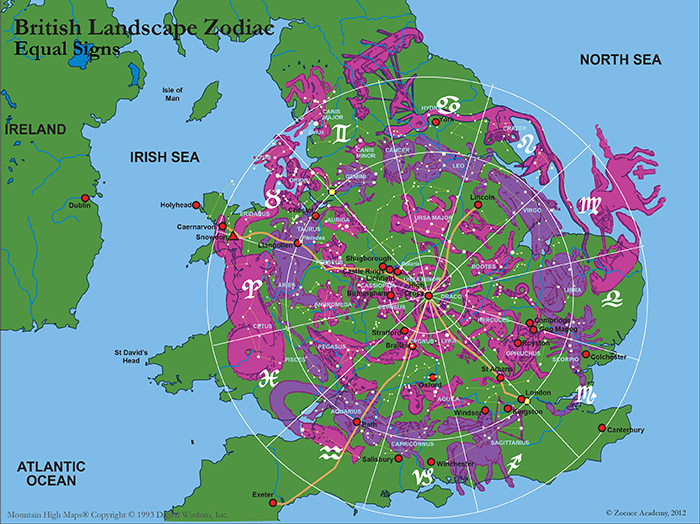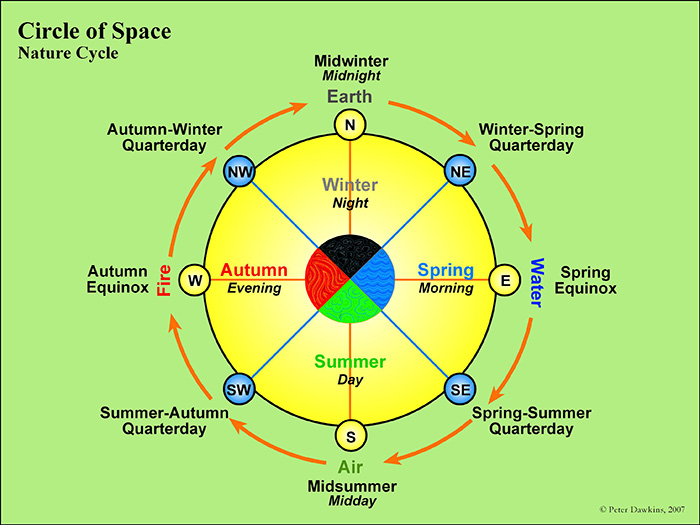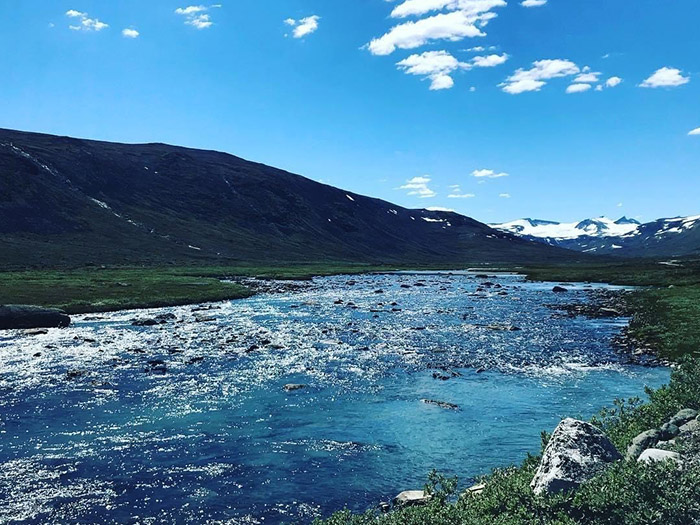Atlantis
The primary source of the story of Atlantis is Plato’s dialogues, the Timaeus and the Critias. The story should certainly be considered as a myth, like the other stories in his dialogues which Plato used in order to vividly express his philosophy and which he asserted as truth.
In referring to a myth as truth, Plato is not exactly telling a lie: for a myth is a story concocted of a mixture of fact and fable in order to convey a metaphysical truth or layers of metaphysical truths, as all great poets down the ages have done—Homer, Virgil and Shakespeare being three outstanding examples. The sacred literature of the world is created in such fashion, and all of us students wishing to learn the truth have to learn to recognise, read and interpret the various levels of meaning. The truths, to Plato, were the ‘Forms’ or spiritual Archetypes—the original designs or ideas on which all creation and evolution are based.
For instance, behind the family tree of Atlas, king of Atlantis, lies the archetypal Tree of Life, and behind the description of the land is the archetypal Chakra System.
Atlas’ father was the god Poseidon, the brother of Zeus and Hades. Poseidon fell in love with and married the mortal Cleito. They had ten sons—five sets of twin brothers. Atlas was the eldest of the first set of twins. All the brothers were allotted kingdoms to rule over in the country of Atlantis, with Atlas as the chief king. Atlas’ twin brother was Gadeiros, otherwise known as Hercules.
Atlas also is known by other names, such as Enoch or The Phoenix (hence Atlantis is Phoenicia, the land of the Phoenix). He married Pleione, who gave birth to fourteen daughters, known as the Atlantides, and a son called Hyas. The Atlantides comprised the seven Pleiades and the seven Hyades. When they died they were changed into stars in the constellation of Taurus, thereby identifying Atlantis with Taurus and Europe. The Pleiades are also known as the Hesperides and, like their parents, are symbolised as phoenixes or doves.
Plato’s Atlantean myth also appears in Hindu mythology, having been transported to India by the Indo-Aryans, whose origins lay in the valleys of the river Danube in Europe. The Hindu Atlas is Atalas; a Sanskrit word meaning ‘Pillar’ that was used as a synonym for Shiva (e.g. Shiva’s lingam). The Hindu Atlantis is Rutas, the continental paradise that was destroyed by a fiery cataclysm and sank beneath the ocean, except for a few remaining mountaintops that became islands known collectively as Atala. The destruction is described as having been caused by the collapse of its central Holy Mountain, called Meru or Atalas, which in turn is ascribed to the degeneration into corruption of the country’s leadership and people. In this Hindu myth, as in Plato’s myth, the classical and biblical story of the fall of mankind and casting out from the Garden of Eden is combined with that of Noah’s Flood.
The country of Atlantis was composed of three main parts: a great oblong plain in the middle of the island, mountains surrounding it to the north and a city in the centre of the plain. In the centre of the city was a sacred mountain surrounded by three concentric rings of water. On the summit of this mountain was a temple dedicated to Poseidon and Cleito, which marked the place where the couple lived and begat their ten sons. The palace of Atlas and his successors was built adjacent to the temple.
Plato describes Atlantis as being ‘in front of the mouth which you Greeks call, as you say, the pillars of Heracles’. Besides referring to the Straits of Gibraltar, The Pillars of Heracles (Hercules) are a synonym for what Freemasonry calls The Great Pillars, these being the two entrance pillars of the Temple of Solomon, which themselves represent the two side ‘pillars’ of the Tree of Life. They are also known as The Pillars of Atlas or Pillars of Enoch. As it is said of Atlas, they hold heaven and earth apart, allowing all manifestation to take place. On these pillars is inscribed the ancient wisdom and laws of truth, so that they might not be lost despite the cyclical cataclysms that humanity and the world has to endure. These cycles are indicated in the myth of Atlantis and are associated with the Phoenix Cycle or Great Age.

